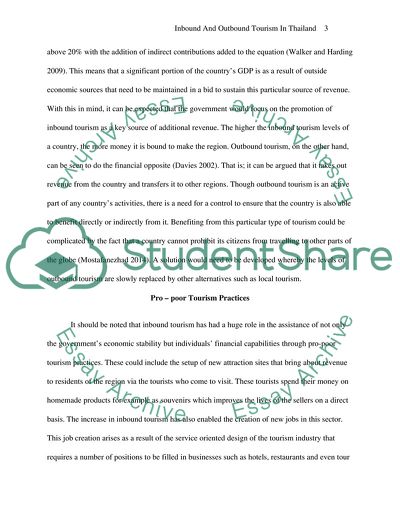Cite this document
(Inbound and Outbound Tourism in Thailand Coursework, n.d.)
Inbound and Outbound Tourism in Thailand Coursework. https://studentshare.org/tourism/1867974-with-reference-to-a-specific-developing-countrythailand-critically-analyse-the-challenges-for-developing-countries-in-balancing-inbound-and-outbound-tourism
Inbound and Outbound Tourism in Thailand Coursework. https://studentshare.org/tourism/1867974-with-reference-to-a-specific-developing-countrythailand-critically-analyse-the-challenges-for-developing-countries-in-balancing-inbound-and-outbound-tourism
(Inbound and Outbound Tourism in Thailand Coursework)
Inbound and Outbound Tourism in Thailand Coursework. https://studentshare.org/tourism/1867974-with-reference-to-a-specific-developing-countrythailand-critically-analyse-the-challenges-for-developing-countries-in-balancing-inbound-and-outbound-tourism.
Inbound and Outbound Tourism in Thailand Coursework. https://studentshare.org/tourism/1867974-with-reference-to-a-specific-developing-countrythailand-critically-analyse-the-challenges-for-developing-countries-in-balancing-inbound-and-outbound-tourism.
“Inbound and Outbound Tourism in Thailand Coursework”. https://studentshare.org/tourism/1867974-with-reference-to-a-specific-developing-countrythailand-critically-analyse-the-challenges-for-developing-countries-in-balancing-inbound-and-outbound-tourism.


